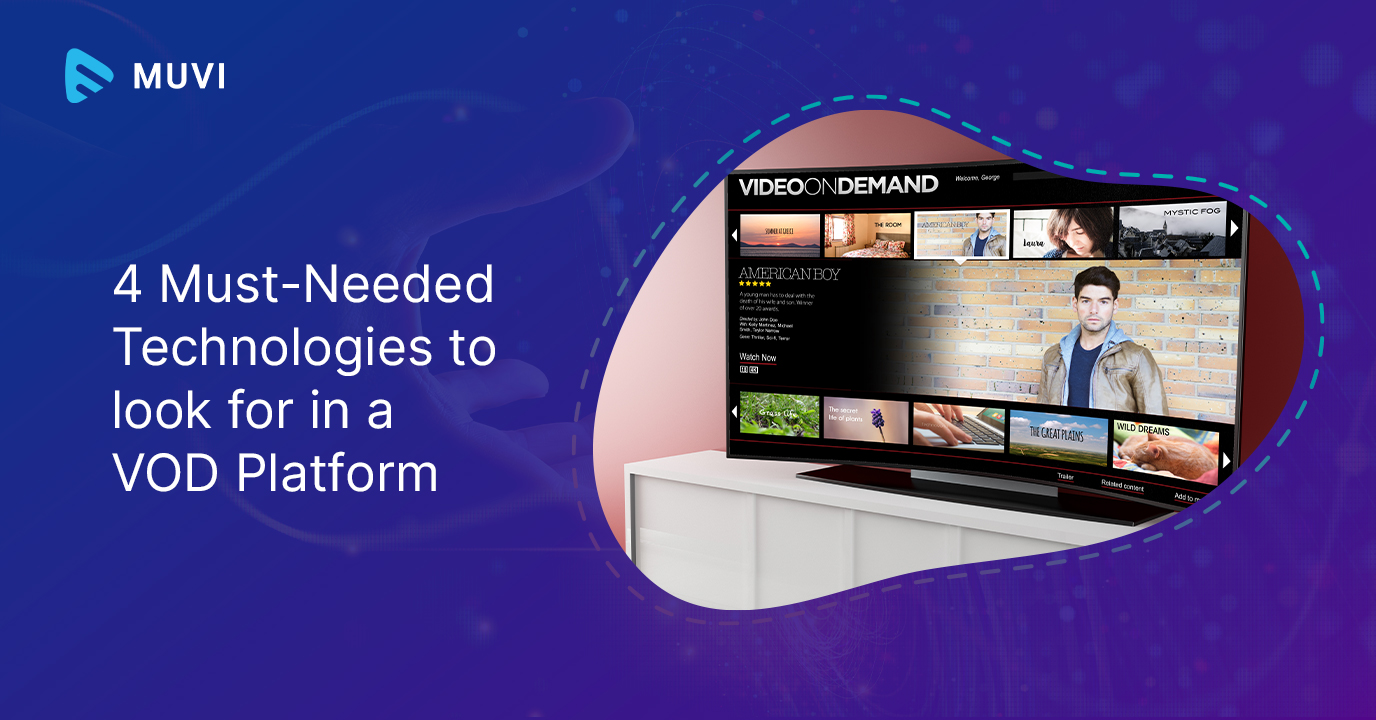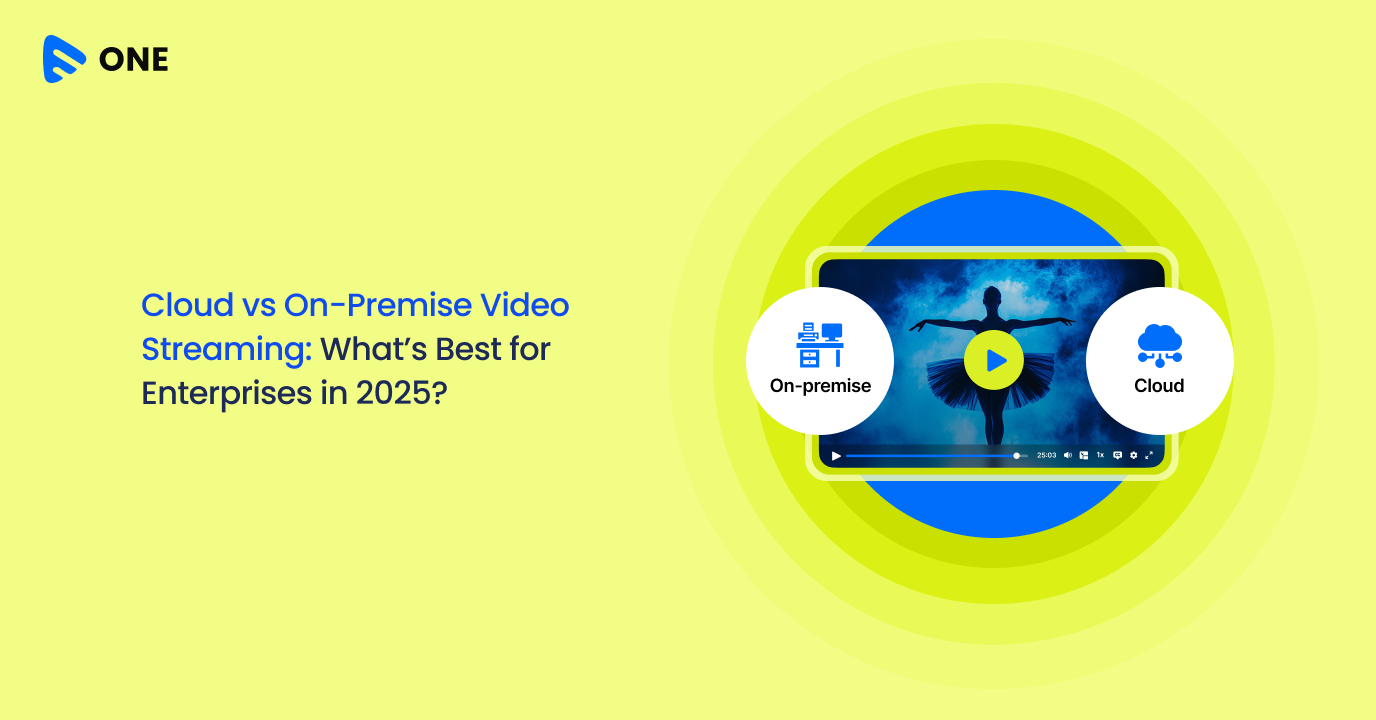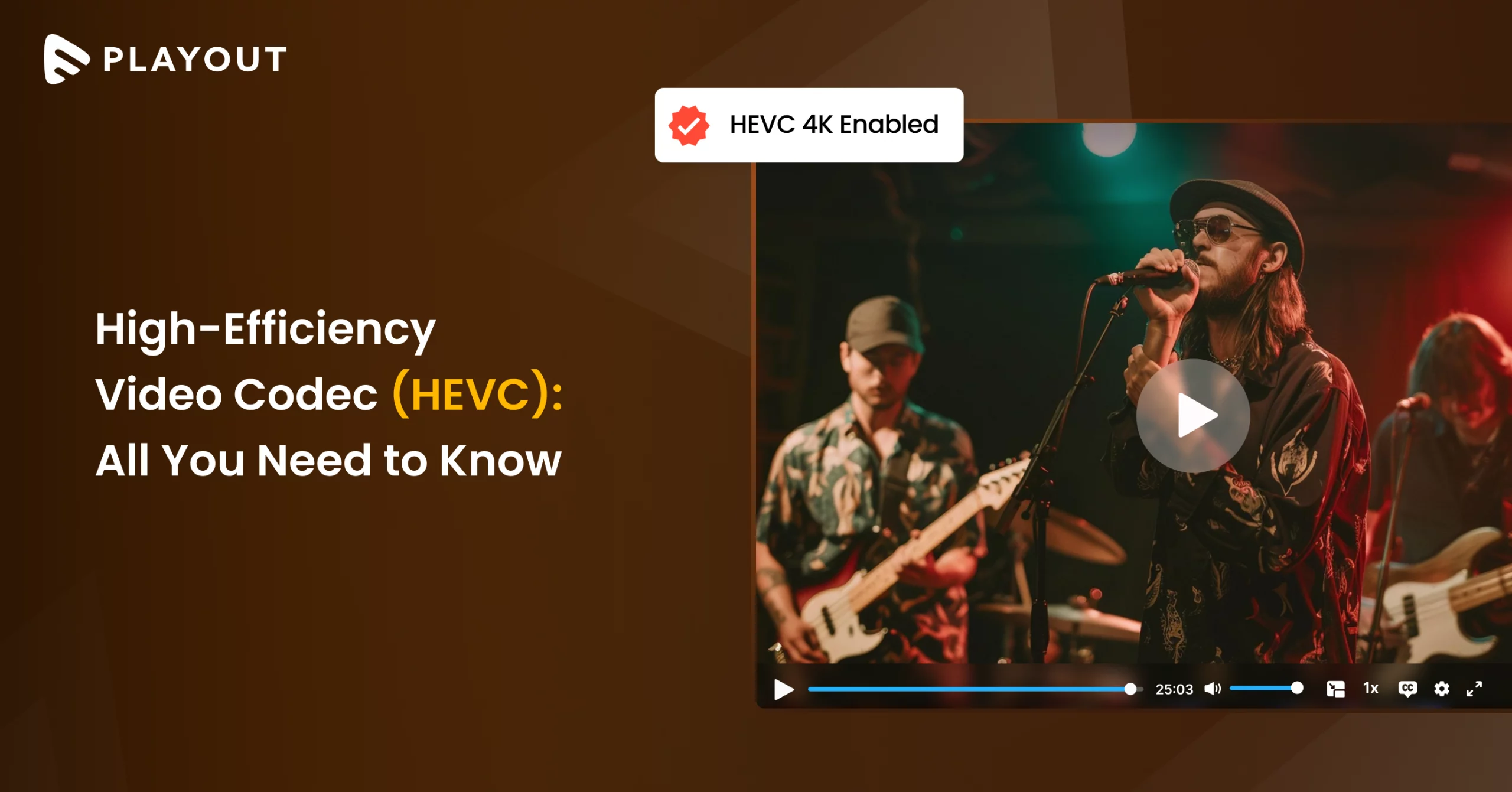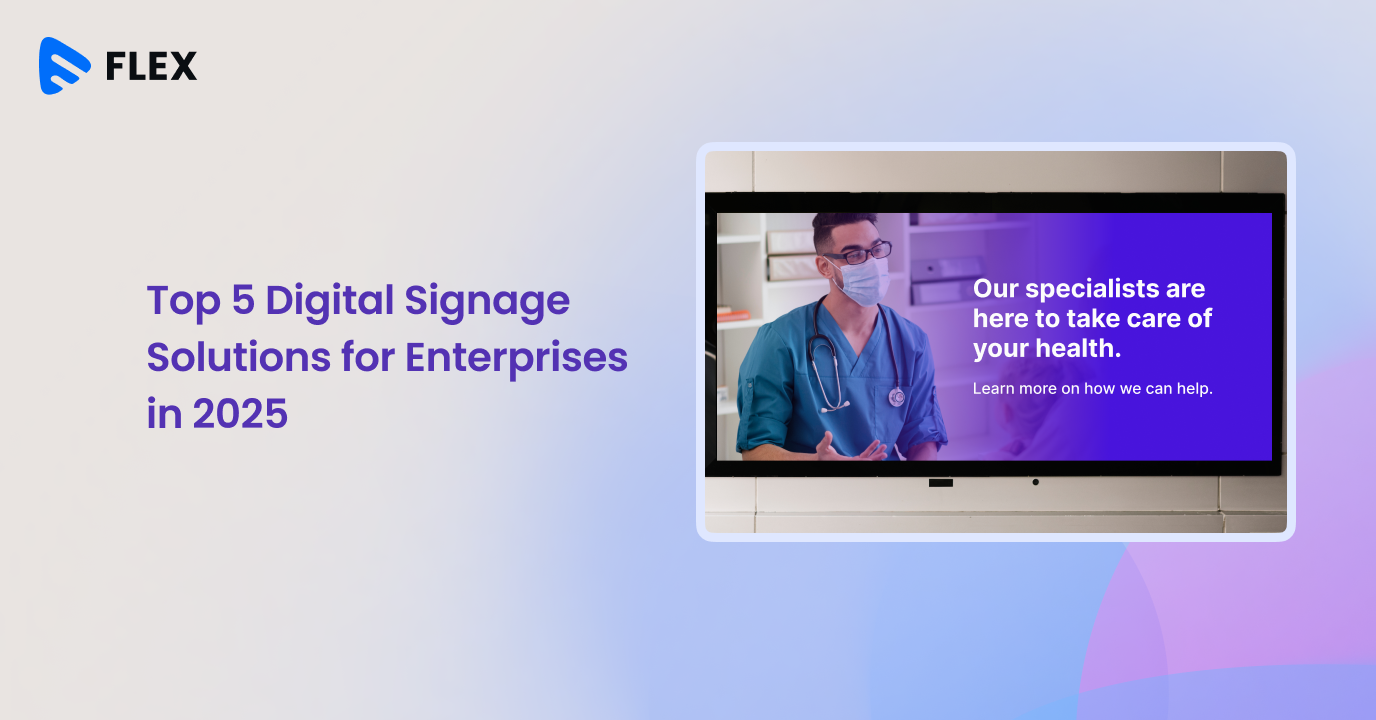Are you planning to build your own VOD platform? There are several practical technologies to pay attention to for before choosing a robust VOD platform. We are going to discuss 4 must-have technologies to look for in a VOD platform in 2023.
Scalability is important for VOD platforms to ensure uninterrupted user experience even when there is a huge upsurge in traffic. More and more videos are streamed over the internet on a daily basis. In order to target a big audience while keeping control over the method in which you deliver your videos, a tailored solution is required.
The major component needed to scale up the delivery of live streaming contents includes ability to flawlessly consume content, including related metadata from each ingest point; capability to transcode, transrate, transmux, and repackage a vision-mixed video stream for use on a variety of device types as well as network topologies; and lastly, the capability of delivering these streams to several content delivery networks.
Similarly, the major components required to scale up the delivery of on-demand contents includes converting a master story file into a predefined list of on-demand data rates and resolutions called renditions, and a similar ability to deliver these renditions via one or more CDNs.
Let’s discuss the 4 most needed technologies to look for in a VOD platform…

4 Technologies to look for in a VOD platform
Content Delivery Network
CDNs help deliver both VOD and high-latency live streams to millions of end-users flawlessly. CDN solutions can frequently be integrated directly into a content management system that contains a very high-quality mezzanine file. This permits content management control to reside within the consumer’s CMS with any initial VOD request resulting in a request to the CMS for a mezzanine file.
This is then converted into multiple renditions using CDN resources, so that they can be delivered utilizing adaptive bitrate streaming. Adaptive bitrate delivery allows a single end-user to view the optimal rendition for any specific period, based on what their device as well as current data network allows.
CDN helps in decreasing the server load and improving your site speed as well as website performance. CDN also helps reduce load times by up to 50%. This is done by reducing file sizes, decreasing the distance between where content is kept and where it’s headed, as well as optimizing servers to respond faster to user requests. CDNs also protect your contents against cyber-attacks.
Content Management System
A Video CMS ensures all your contents are organized and managed properly so that you can easily find the right one when you need it. It allows you to create playlists and add suitable metadata to tag and categorize your videos so that they can be searched for using several parameters. It also can help you boost the quality of your video by offering tools that facilitate you to encode and transcode videos to optimal bitrates for the platforms you need to distribute them on.
Video Content Management System can help you boost the number of views of your videos by offering tools for sharing and promoting your videos. You can easily embed your videos on your website, deliver them to your own streaming apps, share them on several social media platforms, or else share them via an email newsletter. With a Video CMS, you can potentially reduce the time and costs associated with video production. By offering tools for managing video files as well as metadata, a professional Video CMS can help you more efficiently transcribe and caption your video, add tags and descriptions, as well as create thumbnails.
Low Latency Solutions
Low Latency Streaming solutions allow your end users to experience the content in real-time. Latency is defined as the delay between when an image is captured on your camera and when your end-user experiences it on their screen. Live streaming content demands for the lowest possible latency, and low latency video streaming solution is vital for professional broadcasting. High latency rate can negatively affect audience’s experience by lengthening the lag. Audiences watching live streaming contents always wish to stay connected like they are attending the event in person. If there is a big delay in getting the content or else the buffering rate of the content is higher and taking time to load the content, it takes away the in-person experience. Delivering live streaming contents with a low latency solution helps relay the content you are broadcasting to your audience in real-time without any lag. Low latency streaming solutions are vital for:
- Sports streaming
- Live auctions
- Live streams including chat, real-time feedback, or audience participation
- Gaming
- Gambling
- Dual-screen viewing
- Concerts
- Question Answer Sessions
- Political events
Low latency streaming solutions help audiences watch these events in almost real-time, creating a more in-person experience. Getting rid of streaming lag is the finest method to keep your viewers engaged.
Metadata Synchronization
Metadata Synchronization is the process of consolidating, relating as well as synchronizing data elements that have the similar meaning from different systems. It joins these different elements together in the data warehouse and thus provides easier access to the contents.
Metadata synchronization is essential to create connections and serve consumers faster and at a large scale. Profound synchronization of metadata is important for providing accurate search results along with intelligent recommendations. Synchronization boosts response times for data requests for 2 reasons: First, retrieval rates are faster since requests are processed on a local server, without access to a wide area of the network. Along with that, cloud processing offloads work from a central database server so that competition for processor time is decreased. It is highly essential to sync metadata because it provides a consistent streaming experience across several devices within a given location.
Wrapping Up!
With those 4 above-mentioned technologies, there are a lot more you should look for to scale up video delivery on your streaming platform. Customer satisfaction is a key element to keep in mind if you are running a streaming media business. Providing seamless streaming experience to your audience can help you retain them for a longer period.
Muvi is an enterprise-grade video streaming platform that can help you deliver stunning buffer-free streaming experience to your end-users. It allows you to deliver both VOD and live stream content with multiple monetization models. You can launch your fully-featured OTT platform instantly with Muvi! Packed with top-notch features, Muvi One is your go-to partner for providing flawless online video streaming services. Take a free trial to know more!


















Add your comment